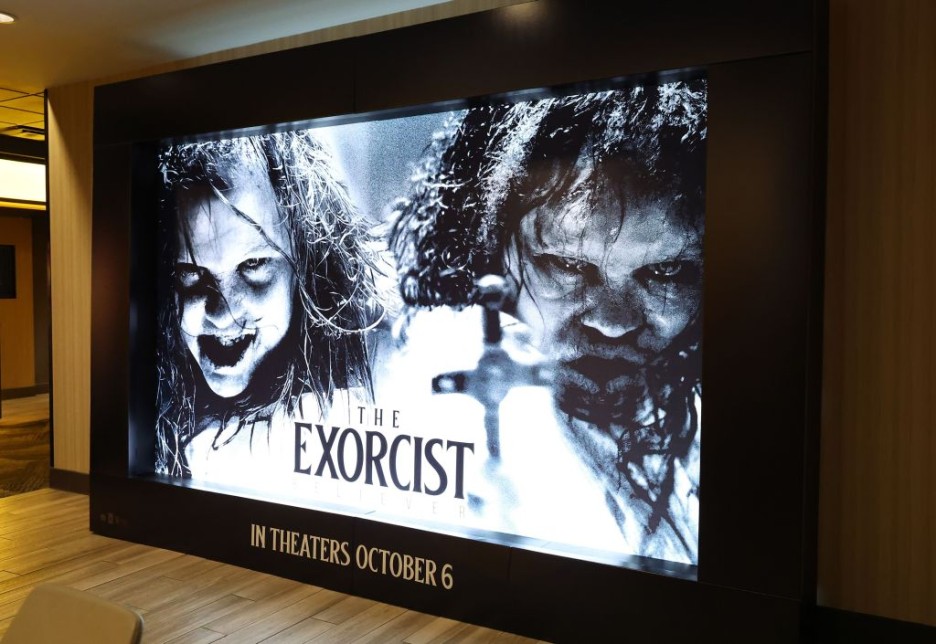10 Most Infamous Banned Movies and Why They Aren't Shown on Screens

Over the years, many countries have banned the showing of certain films due to their shocking content, controversial themes, or perceived threats to public order.
The reasons for banning these films are as varied as the movies themselves. Some were pulled from theaters for their shocking imagery, while others were targeted for their political messages or religious implications. Despite—or perhaps because of—their notoriety, these banned movies have become infamous, sparking debates about censorship, artistic freedom, and the limits of expression. Here are ten of the most notorious banned films and the reasons they remain hidden from many screens around the world.
1. Cannibal Holocaust (1980)
This Italian horror film follows a rescue team searching for a missing documentary crew in the Amazon, only to discover their gruesome fate at the hands of cannibal tribes. The film's graphic violence, sexual assault scenes, and real animal killings led to bans in over 50 countries. Director Ruggero Deodato was even arrested on suspicion of making a snuff film, and the movie is still banned in several nations for its extreme content.
2. Salò, or the 120 Days of Sodom (1975)
Pier Paolo Pasolini's adaptation of the Marquis de Sade's novel sets the story in fascist Italy, where four men subject teenagers to torture and sexual abuse. Its explicit depictions of sadism, sexual violence, and degradation resulted in bans in countries like Australia, New Zealand, and the UK. Authorities cited its obscene and disturbing content as the main reason for prohibition.
3. The Human Centipede II (Full Sequence) (2011)
This sequel to the notorious body horror film features a man inspired by the original movie who creates a "centipede" by surgically connecting people. The British Board of Film Classification banned it for "sexually violent, and potentially obscene" content, including scenes of extreme brutality and sexual assault. The film was considered too harmful for public viewing.
4. I Spit on Your Grave (1978)
A revenge thriller about a woman who is gang-raped and then hunts down her attackers, this film was banned in Ireland and other countries for its graphic violence and sexual assault scenes. Censors called it grossly violent and cruel, and it remains controversial decades after its release.
5. Battleship Potemkin (1925)
Sergei Eisenstein's silent classic about a mutiny on a Russian battleship was banned in Germany, France, the US, and the UK for decades. Authorities feared it would incite rebellion and spread revolutionary ideas, especially among soldiers and workers.
6. The Da Vinci Code (2006)
Based on Dan Brown's novel, this thriller suggests Jesus was married to Mary Magdalene and had descendants. The Vatican condemned the film as blasphemous, leading to bans in countries like Egypt, Jordan, and Lebanon for offending Christian beliefs and misrepresenting church history.
7. Ghostbusters (2016)
The all-female reboot was banned in China for its supernatural themes. Chinese censors prohibit films that promote the occult or superstitions, which led to the movie's exclusion from the country's theaters.
8. Pirates of the Caribbean: Dead Man's Chest (2006)
This Disney blockbuster was banned in China due to its depiction of cannibalism and supernatural elements, which violated local censorship rules against promoting the occult and violence.
9. Deadpool (2016)
The superhero comedy was banned in China for its strong language, graphic violence, and nudity. Authorities deemed it inappropriate for public viewing, especially for younger audiences.
10. The Exorcist (1973)
This horror classic about a possessed girl was banned in several countries, including Tunisia and parts of the UK, for its intense depiction of demonic possession and blasphemous content. Religious groups and censors feared it would disturb or offend viewers.





